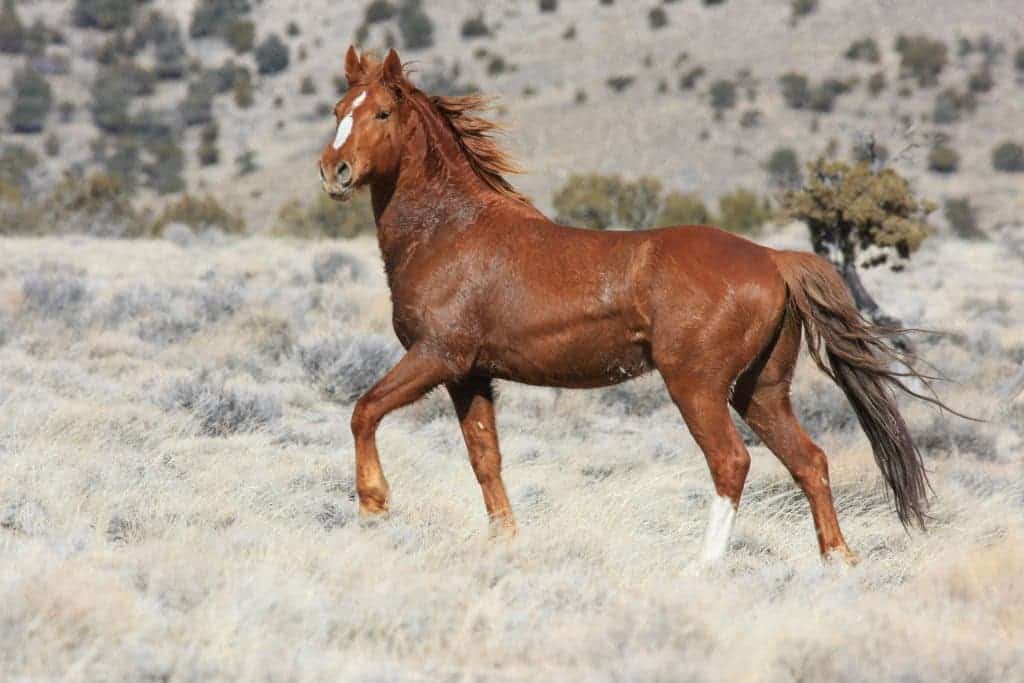The U.S. Fish and Wildlife Service has rejected a proposal to list North American wild horses as threatened or endangered, arguing that a horse is a horse, wild or tame, and proponents have failed to show how the behaviour of wild horses differs from that of domestic ones.

The number of North American wild stallions has been in steady decline for decades. Recently, two wildlife groups have filed a petition to stop that and offer them some type of protection, by listing them as endangered. The Cloud Foundation and the Friends of Animals have made a very strong case, explaining that almost 40,000 of the horses belonging to the generation of North American stallions will disappear soon if action isn’t taken.
According to their petition, stallion habitat has decreased by 40% since 1971, when President Nixon signed the Burro Act.The act covered the management, protection and study of “unbranded and unclaimed horses and burros on public lands in the United States.” The petition also argued that wild horses are a native breed, facing severe extinction for a temporary time period back in 1500s and brought back thanks to the efforts of Spanish people.
But the Fish and Wildlife Service gave a stern reply, refusing to study the issue in depth, rejecting the idea that wild horses are a different community, and concluding that effectively, a horse is a horse.
“These horses are different, they are treated different under the law, they behave differently and there’s some evidence they are genetically different,” claimed Jennifer Barnes, lawyer for Friends of Animals.
Whether or not a domestic horse is just like a wild horse is still a matter of debate, but either way, wild populations are going extinct, and fast.


